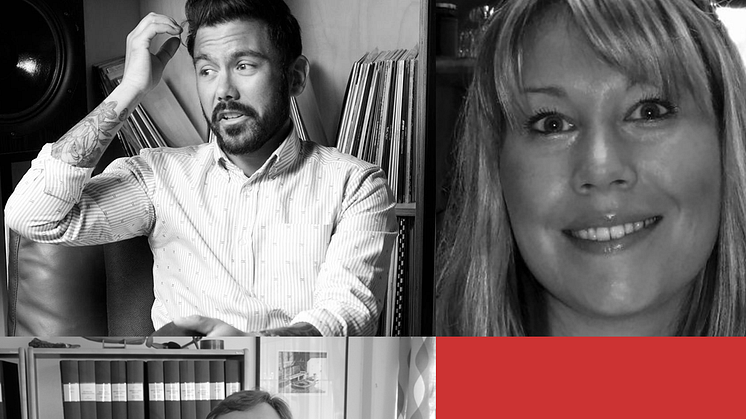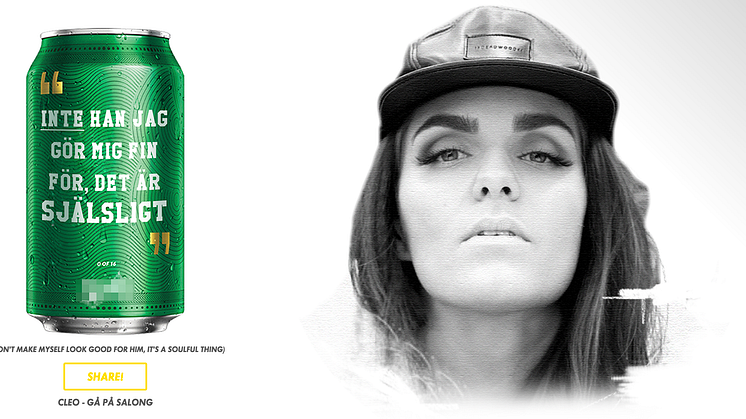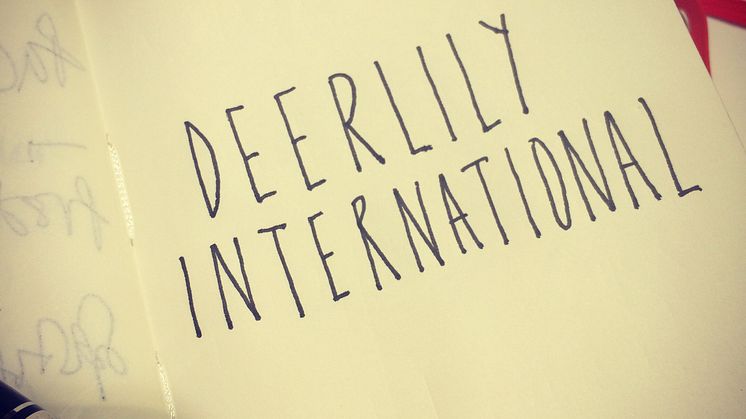
Blog post -
#WeArePR: The journey so far...
#WeArePR is a project is about listening.
We are conducting and publishing these interviews in no intentional order and as a result there was no way of knowing what we might find.
In this age of marketing evolution and convergence, it can be tempting to frame it as a discussion between those who have progressed (almost talked about like transcension) and those who have lagged behind.
But let’s remember, evolution is about being fit for purpose. It also thrives on mutation.
So this it what we have learned so far...
Fortune favours the brave
In our first conversation, what has become clear is that the spectrum is not about advancement, it’s about this marketing mutation more than anything.
Early on in our conversation with Paul Sonkamble, it became clear that we were seeing what comes out when you introduce someone to typical PR challenges but without any kind of institution influence.
Yes, this lead to innovation - but conceptually, that feels like a limited term for what we’re trying to discuss here. When it comes to the individual level, Paul appears at the extreme of improvisation and excels in his role.
Without mentors, agency experience or any time in official PR roles, he has been presented with challenges and reacted with emergent behaviour. To some extent, everyone in the PR industry is in this same position - but most of us are equipped withmore of the institutional apparatus to influence how we approach the solutions.
Institutionalised innovation?
This institution is still incredibly strong - and in many cases, relevant and valuable. Many stakeholders haven’t changed in their demands or expectations from PR. What used to work still works - it just requires adaptation.
This is evidenced by the discussion with Anders Sverke. After 27 years managing PR, he knows his audience, he knows what he needs to achieve. This is a man at the top of his game, executing and smashing his goals. People do not talkabout this side of the equation enough.
This is not a position of inferiority - this is a simply a reflection of a PR situation where the institutional approach is still an effective answer. At the same time, Anders has clearly thought about his methods and adapted to include technology and increased frequency in his strategy. He is improvising where needed.
This scope between improvisation and institutionalisation also demonstrates relevance for our third interview.
Pushing things forward
Christine Silfversparre’s story reveals much of the ideological improvisation we’ve talked about so far. She has pushed against the institution in some of the most inflexible industries out there. In some ways this is to be expected (and hoped for) in anyone who joined this industry after 2008 or so.
At the same time, she still relies on an agency to deliver some improvisation. When talking about the tools and measurement to match her forward looking strategy, these are either being handled by the agency or work in progress (as they are in many many cases.)
 Partnership on improvisation is arguably a great opportunity for agencies and in house teams. It’s a natural synergy that plays to the strengths of the agency model in a way perhaps not seen since it emerged into being nearly 100 years ago. There’s a genuine opportunity to help companies work their way through a new way of communicating that is every bit as bold, uncharted and significant as the original press release.
Partnership on improvisation is arguably a great opportunity for agencies and in house teams. It’s a natural synergy that plays to the strengths of the agency model in a way perhaps not seen since it emerged into being nearly 100 years ago. There’s a genuine opportunity to help companies work their way through a new way of communicating that is every bit as bold, uncharted and significant as the original press release.
As we approach the next series of interviews, we’ll be watching closely to see how this spectrum may provide more analysis. It also helps draw our attention to key areas: for example, does this agency proposition bear scrutiny with other examples? To what degree can organisations of different sizes weather the dangers of improvisation and, if they don’t, how does that affect their future potential?
We hope you’ve enjoyed our portrait of the modern marketing person so far. We’re just getting started here but let us know if you have any questions, topics you’d like to see discussed or feedback on the process.




